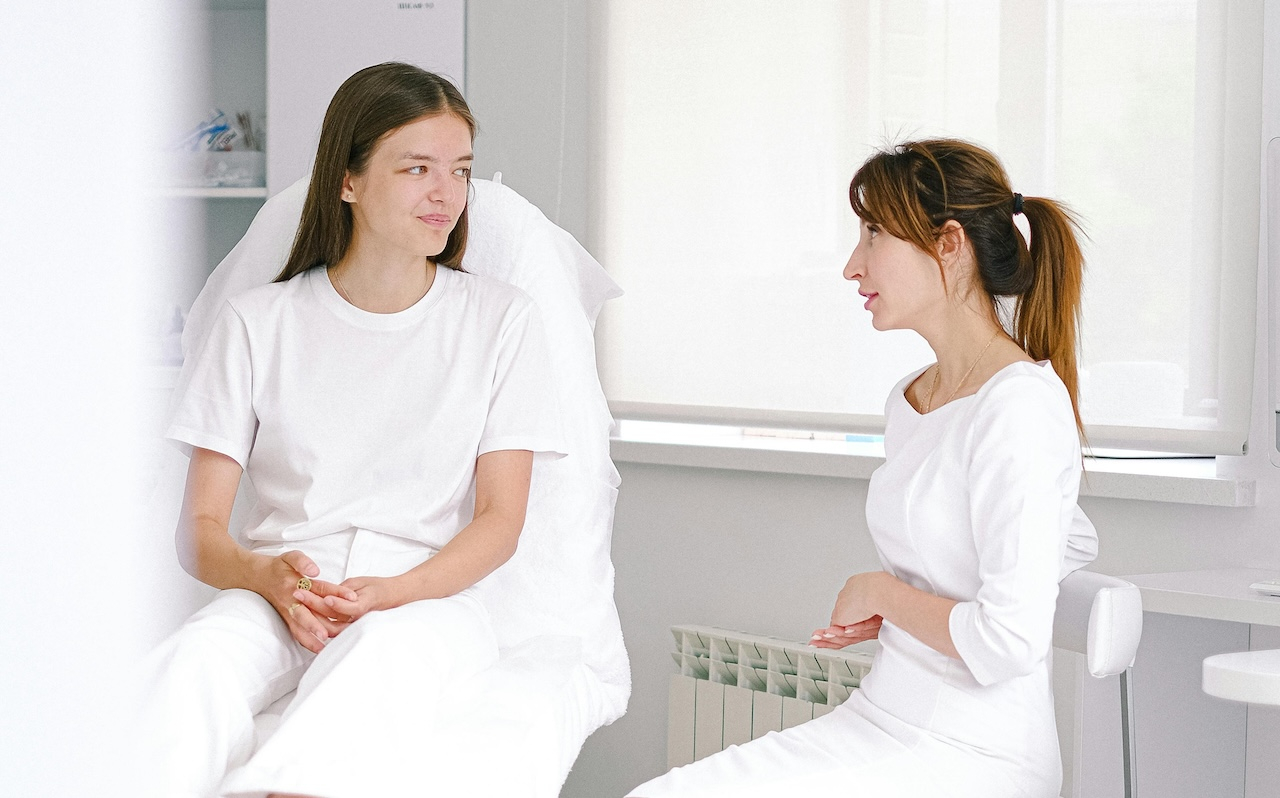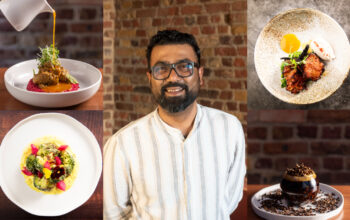When to consider a Level 7 aesthetics course

The aesthetics industry is not known for standing still. New products are launched, techniques evolve, and client expectations shift rapidly. For practitioners – particularly those already working in injectables – this raises a familiar question: when is the appropriate time to pursue further training?
More specifically, is a Level 7 qualification worthwhile? And if so, at what point should serious consideration be given to investing in one?
There is no universal answer. However, clear indicators exist that signal when it is advisable to deepen education, refine skills, and formalise expertise with a more advanced qualification.
Understanding what Level 7 really means
Let’s start by clarifying the terminology. A Level 7 course is not a basic introduction. It sits at a postgraduate level, often equivalent in academic weight to a Master’s module. It’s aimed at experienced practitioners who already understand the fundamentals of aesthetic medicine and want to formalise or elevate that knowledge. Some courses are university-affiliated; others are delivered by specialist academies with regulated, mapped curriculums.
Level 7 training typically encompasses complex anatomy, clinical assessment, advanced injectable techniques, complication management, and ethics. Strong emphasis is also placed on reflective learning, portfolio development, and critical thinking – training at this level extends beyond simply perfecting lip techniques.
Crucially, for those seeking to future-proof their credentials in what is likely to become an increasingly regulated industry, choosing to level-up the skills with expert courses such as these can provide both professional security and a competitive edge. This approach demonstrates not only competence but also a commitment to clinical excellence.
To future-proof credentials in an industry expected to become increasingly regulated, undertaking expert courses such as the Level 7 Aesthetics Upgrade Package can provide both professional security and a competitive advantage. Completion of such training demonstrates not only competence, but also a commitment to clinical excellence.
Signs readiness has been achieved to go beyond foundation
Most practitioners do not proceed directly to a Level 7 course immediately after foundation training – and rightly so. These courses assume a working knowledge of injectables, patient handling, and day-to-day practice. For those who have been working for some time and perceive a plateau in progress, it may be appropriate to consider upskilling.
Perhaps clinicians have started encountering patients with complex facial anatomy or nuanced treatment goals that challenge current technique. Complications – or near-misses – may occur, highlighting that existing training may not have fully prepared practitioners for such situations. The limitations of YouTube tutorials and one-day masterclasses can also become apparent. These are all red flags indicating that it is time to invest in more formal education.
It’s not about volume, either. Seeing hundreds of clients a year can still leave a sense that something is missing. Quality of experience matters more than quantity. When decisions are second-guessed, the same treatment plans are consistently used, or certain areas are routinely avoided, it is likely time to expand knowledge in a structured way.
Meeting industry expectations (and raising personal standards)
There’s growing momentum around the idea that aesthetic medicine should be treated as a legitimate clinical discipline – not a side hustle. That shift is happening at both a policy level and a cultural one. Clients are savvier, more informed, and more discerning. They want practitioners who don’t just follow trends but understand the biology, risk, and rationale behind every treatment choice.
Possessing a Level 7 qualification does not automatically confer the status of the most skilled injector in the room; however, it demonstrates a critical engagement with the craft. It signifies a commitment to understanding not only the “how,” but also the “why.” In an unregulated environment where anyone with a needle may claim expertise, such a distinction has become increasingly significant.
This qualification also communicates to insurers, collaborators, and employers that professional responsibility is taken seriously. The focus shifts beyond merely selling treatments toward establishing a long-term, ethical practice grounded in evidence, safety, and skill.
Balancing cost, time and ROI
There is no denying that Level 7 courses represent a significant investment, both financially and in terms of time. Most involve academic study, practical assessments, case logs, and portfolio submissions. Candidates are required to treat models, reflect on professional practice, and complete written assignments. This is not a box-ticking exercise; it is a professional qualification that demands commitment.
Nevertheless, the return on investment can be substantial. Graduates frequently find justification for higher treatment prices, attract more confident (and complex) clients, and gain access to new opportunities – whether in teaching, writing, or collaboration with medical professionals.
Additionally, the process can reignite professional enthusiasm. Many practitioners report that, after years of routine practice, returning to structured learning encourages a reconsideration of habits, fine-tuning of techniques, and renewed engagement with the original motivations for entering the field.
When it might not be the right move (yet)
Not everyone requires a Level 7 qualification at this stage. For those still in the early phases of an injecting career, or lacking sufficient real-world experience for meaningful reflection, pursuing such a qualification may be premature. Accumulating qualifications purely for their own sake is unnecessary; often, what is needed most is time, observation, and the gradual development of confidence.
Similarly, when aesthetic practice serves as a part-time addition to an already demanding schedule, it is important to assess whether genuine commitment to the course workload is feasible. Rushed or half-hearted attempts are unlikely to benefit practitioners, patients, or the integrity of the course itself.
Final thought
A Level 7 course is not a magic wand – it does not instantly transform technique or guarantee a full calendar. However, such a course presents significant challenges, encourages refinement, and, when timed appropriately, has the potential to reshape perspectives on aesthetics.
When feelings of stagnation or uncertainty arise, or there is a quiet recognition that a current skill set has reached its limit, consider this a signal to pursue further growth. Leading practitioners are distinguished not by complacency, but by a continuous curiosity and commitment to learning.
The editorial unit

























Facebook
Twitter
Instagram
YouTube
RSS